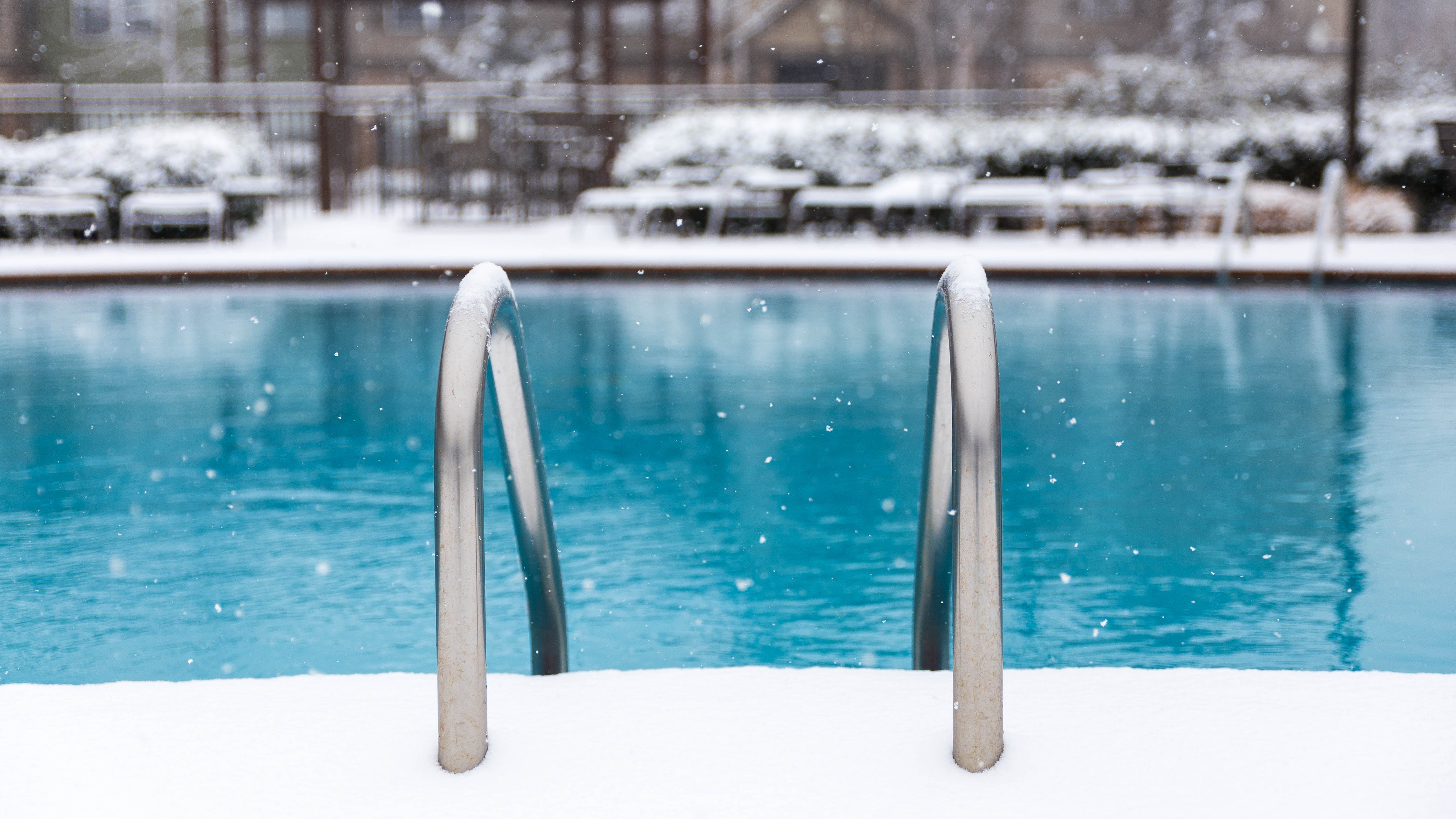
Running and swimming are both popular sports, and you don’t have to be particularly good at either to see the benefits. Also, hello, #wildswimming is currently one of the hottest workout trends — racking up nearly 200 million views on TikTok — so it's certainly worth diving into the topic.
Both forms of exercise build stronger muscles and improve cardiovascular fitness and endurance, but which burns more calories? Of course, variables come into play — speed, workout length and the type of run or swim you undertake — so this isn’t an easy metric to verify.
But the Tom’s Guide fitness team is a pretty curious and determined bunch, and we’re up to the task. Unlike some of our other weekly fitness challenges, we turned to crunching numbers (and science) this time instead of our muscles. Grab a pair of the best running shoes and read on for the verdict.
Running vs swimming: Benefits
First, let’s talk about the benefits.
Swimming is an all-rounder. Taking to the water activates every major muscle group, improves cardiovascular fitness, increases strength and mobility (water acts as resistance for your muscles) and could even reduce the risk of developing chronic illnesses like heart disease, according to the CDC.
And because swimming can be a moderate or vigorous exercise, you could lose weight and burn calories too. Besides, any form of exercise helps boost mood and reduce anxiety. Whether you enjoy wild swimming or going to your local pool, it’s one of the most popular exercise forms in the States and without the impact on your bones and joints.
The benefits of running are similar, and if you’ve ever wondered — does running build muscle? It does, contributing to stimulating muscle growth, strengthening your leg muscles and improving bone density through a process called bone loading. You can also find out how to lose weight by running here.
Get instant access to breaking news, the hottest reviews, great deals and helpful tips.
Running vs swimming: Which burns more calories?
It's worth remembering that, like any exercise, calorie burn depends on a bunch of variables, including intensity, workout length and biological factors like age, weight, sex, hormones and more. So, you can’t put an exact number on it. We tried this 500-calorie HIIT workout wearing the Apple Watch, where we unpack why calorie burn is an unreliable metric in more detail.
Regardless, running and swimming are considered high-calorie burners that can support weight loss, but is there an out-and-out winner?
The Omni Calculator uses the 2011 Compendium of Physical Activities, which we used to measure calorie burn across other sports like yoga vs Pilates. We calculate that a 32-year-old female weighing 120 pounds, running a steady outdoor 5k at a 1% gradient, could expect to burn roughly 300 kcal, which reduces (slightly) if you run on a treadmill.

Using the same metrics but comparing with a 30-minute swim (the average 5k pace for a beginner or novice runner), results vary drastically depending on your stroke and effort. Removing aqua aerobics, aqua jogging, treading water or water walking from the equation, we looked at swimming exclusively.
You could expect to burn around 200 kcal with sidestroke, 230-280 kcal with a crawl (recreational and intense, respectively), 150-300 kcal using breaststroke, 130-270 kcal adopting backstroke and a whopping 400 kcal during butterfly.
We then compare this to another calculator by the World Cancer Research Fund using the same metrics, which threw up 162 kcal for leisurely swimming versus 189-318 kcal for a jog or fast run (7.5mph), respectively.
If you tot up the maths, you could burn an estimated 130-400 kcal swimming for 30 minutes versus 189-318 kcal for a run, depending on intensity and speed. There isn’t much in it, but you’d need to put more effort into your swim than your run to yield the same calorie burn.
How to burn more calories
We can’t stress enough that these numbers are not exact figures, but there are ways to increase calorie burn.
Outdoor running, especially on hilly or uneven terrain, requires more effort than running on a flat road or treadmill. Our fitness editor goes into more detail when discussing running on a treadmill vs running outside here. The same applies to swimming; wild swimming is likely to increase calorie burn as your body must work harder against tides and changing water or weather conditions compared to an indoor pool.
It’s also thought cold water swimming could burn more calories. Studies indicate that cold temperatures increase your basal metabolic rate, helping you to tear through calories. The cold water could also contribute to shivering, which requires energy, as does your body heating the air you breathe. And the Cleveland Clinic even suggests that 'brown fat activates at colder temperatures,' which is more metabolically active and could also produce more brown fat to burn more calories.

To burn more calories running, consider increasing your speed or adding HIIT to your routine. For example, sprint for 30 seconds, jog for 15 seconds and repeat for several rounds. Adding bodyweight exercises like squats and burpees between rounds could increase intensity further and tap into fat burn compared with steady-state running.
The Omni Calculator says many experts suggest a person of “average weight” burns around 100 calories running a mile, but that could increase if you weigh more. And more interestingly, calorie burn isn’t guaranteed to increase with speed if your running efficiency improves too.
To burn more calories swimming, you could apply this to swimming by increasing and decreasing speed as you swim. Many people enjoy aqua jogging or a water aerobics class which increases the intensity of your effort in the water, or exercising for longer distances.
Some research even suggests fat oxidation increases during morning workouts before breakfast, which means the body burns fat for fuel rather than carbs. During this time, hormones like cortisol and testosterone peak while glucose and insulin drop. In short, consider saving your workout for the morning!
Our verdict? Running and swimming are different exercises with their own range of benefits, but if you're looking to burn calories fast, running might just have the edge over swimming, depending on your effort.
More from Tom's Guide
- Forget sit-ups, 10 best crunch variations to sculpt your core muscles without weights
- 5 exercises that burn more calories than running
- Does jumping rope burn more calories than running?

Sam Hopes is a level 3 qualified trainer, a level 2 Reiki practitioner and fitness editor at Tom's Guide. She is also currently undertaking her Yoga For Athletes training course.
Sam has written for various fitness brands and websites over the years and has experience across brands at Future, such as Live Science, Fit&Well, Coach, and T3.
Having coached at fitness studios like F45 and Virgin Active and personal trained, Sam now primarily teaches outdoor bootcamps, bodyweight, calisthenics and kettlebells.
She also coaches mobility and flexibility classes several times a week and believes that true strength comes from a holistic approach to training your body.
Sam has completed two mixed doubles Hyrox competitions in London and the Netherlands and finished her first doubles attempt in 1:11.
